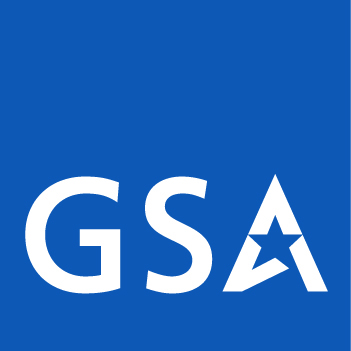As colleges and universities become more sustainability-focused when it comes to water consumption, they are likely to find that there is a significant difference between "water conservation" and "water efficiency." The noted water conservation expert, Amy Vickers, author of the book Water Conservation, defines these two terms as follows:
Water conservation is the
beneficial reduction in water loss, waste, or use.
Water conservation steps often refer to government policies requesting or mandating that consumers and businesses protect water resources and reduce consumption, usually during a drought. These requests can be as simple as turning off the water when brushing teeth, or mandated reductions in water consumption of specific amounts.
Water efficiency, on the other hand, the author defines as:
Minimization of the amount of water used to
accomplish a function, task, or result.
Essentially, this means doing more with less water. However, it would have been helpful to further clarify the differences between the two terms if Vickers had added two more words: long-term.
Water conservation is typically short-term. Once the drought is over, the requested or mandated conservation steps generally are eliminated.
Water efficiency is long-term. When washing machines, dishwashers, toilets, or urinals are designed to use less water or no water at all when compared to their traditional counterparts, these are examples of long-term water efficiency.
Further, long-term water efficiency can lead to significant cost savings. For instance, the EPA reports that if the average family spends $1,000 annually in water costs, by retrofitting with water-efficient devices, this annual cost could be brought down to about $600.
This gives college administrators an idea of just how significant their cost savings could be if they were to install water efficient devices on a campus used by thousands of people. It is these cost savings that are proving to be the real impetus behind all types of sustainability initiatives.
However, many college administrators may wonder if making the investment of retrofitting a campus with water efficient devices might backfire, often termed the "rebound effect."
This can and does happen. For instance, a school facility replaced traditional light bulbs with LED bulbs that use far less energy. Because they knew they were saving energy, instead of ensuring lights are turned off when not needed, they left them on all the time, eliminating the savings anticipated.
We must remember that efficiency is not an excuse to use more.
Fortunately, a study published in the Review of Environmental Economics and Policy, regarding energy consumption, concludes that while the rebound effect can happen, not all "efficiency gains will be reversed by the rebound effect." 1
In fact, what often develops is an "efficiency mindset." Saving water long-term becomes automatic as administrators and students look for more ways to further reduce consumption. This helps protect natural resources, while at the same time, helping to reduce university operating budgets.
Klaus Reichardt is CEO and founder of Waterless Co, Inc, Vista, Calif. Reichardt founded the company in 1991 with the goal of establishing a new market segment in the plumbing fixture industry with water efficiency in mind. Reichardt is a frequent writer and presenter, discussing water conservation issues. He can be reached at klaus@waterless.com.
1 "The Rebound Effect and Energy Efficiency Policy," by Kenneth Gillingham et.al, Review of Environmental Economics and Policy, September 25, 2015











